DINOSAUR ROCK ART
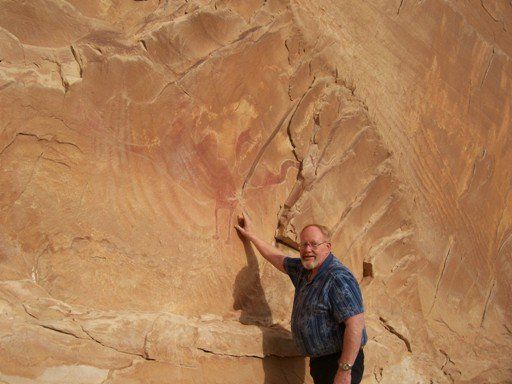
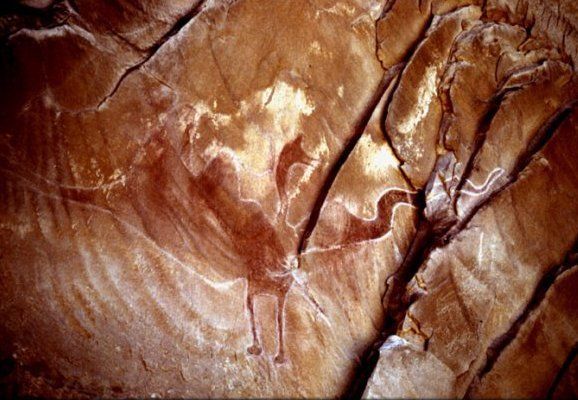
WHAT DID THE NATIVE AMERICANS SEE THAT WE DON’T SEE TODAY?
Over 1,000 years ago, Native Americans called Anasazi made pictures of dinosaurs on rocks found in numerous locations of North America. They are fascinating pictographs and petroglyphs and tell an amazing story! This pictograph of a flying reptile (pterosaur) can be seen just off Interstate 70 near Green River, Utah.
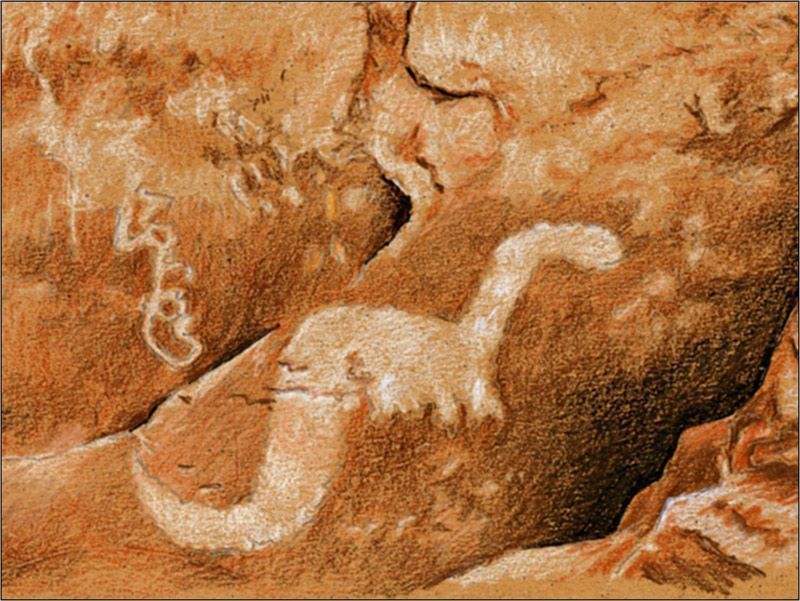
Dinosaur Rock Ark:
The petroglyph above was discovered at Bridges National Monument in Utah. With its long neck and small head, it looks very similar to the Brontosaurus.
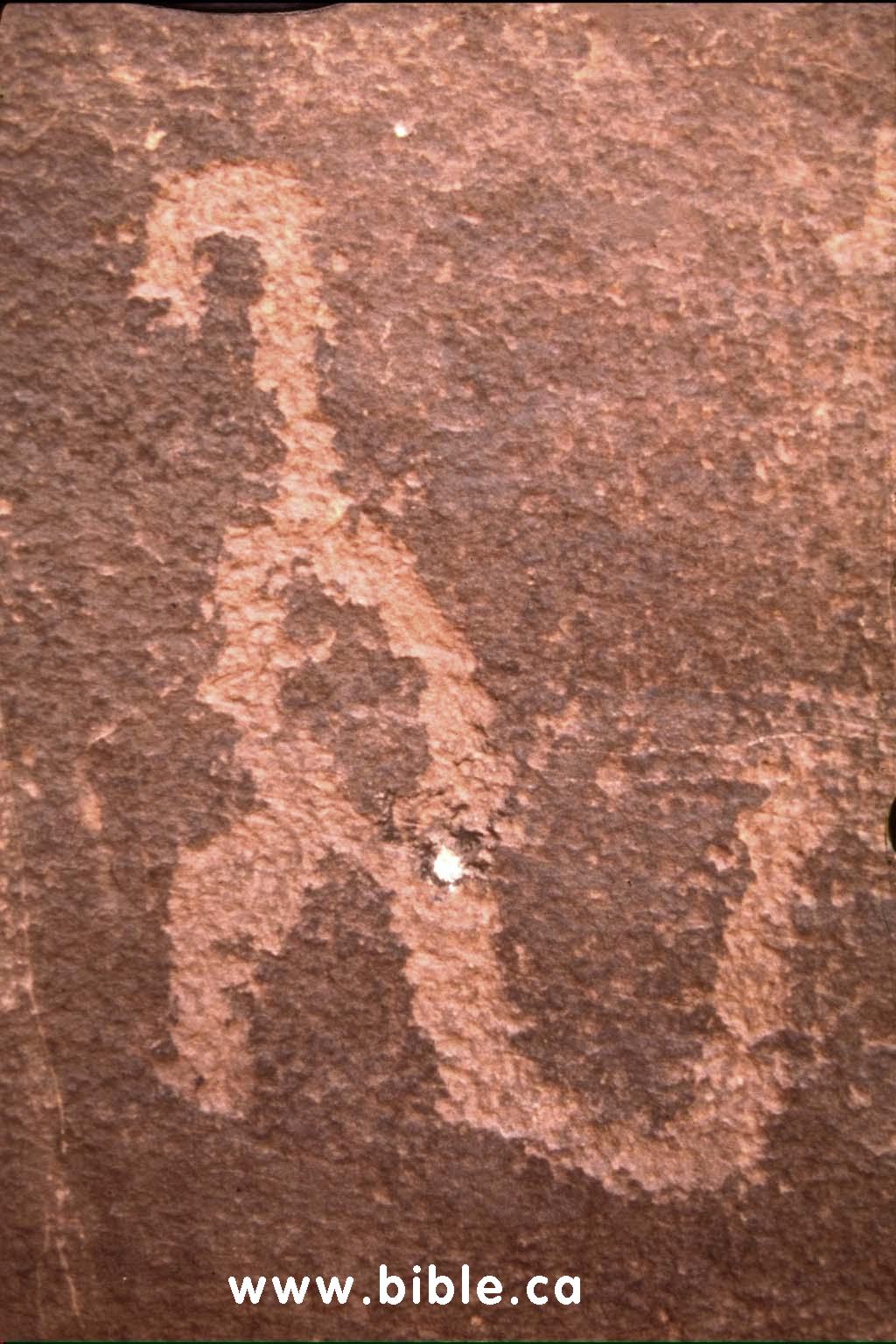
Petroglyph of what appears to be a dinosaur Edmontosaurus. This picture (above) was taken in Grand Canyon. The petroglyph was discovered in Arizona’s Havasupai Canyon. Park rangers claim this petroglyph is authentic and over 1,000 years old. Petroglyphs are ancient figures carved into rock. They are preserved as permanent records of what the ancient artists must have seen. Many ancient rock drawings depict strange, dragon-like creatures. Did they see things we don’t see today?

Pictograph of what appears to be an ancient Stegosaurus Dinosaur.
This pictograph (painted artwork) is found at Lake Superior Provincial Park in Ontario, Canada. Notice how similar it looks like a stegosaur! We need to remember that these rock pictures were made long before we had modern artist drawings of dinosaurs. There were no copies of National Geographic around to inspire the native artists! Notice what appears to be a canoe filled with "hunters" just below the man's hand above.
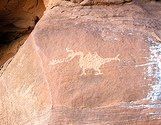
FIRE BREATHING DRAGON?
This is an unusual and remarkable petroglyph of what appears to be a fire-breathing dragon. This dinosaur petroglyph can be seen at Wupatki National Monument near Flagstaff, Arizona. Park rangers have given it the name "Puff The Magic Dragon"!
There is no certain way to date such petroglyphs, but it is believed to be as least several hundred years old. Did the Anasazi artist just have a wild imagination, or did he see something that we don’t see in our world today?
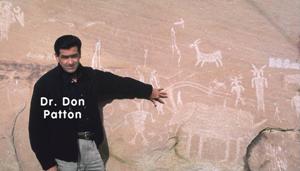
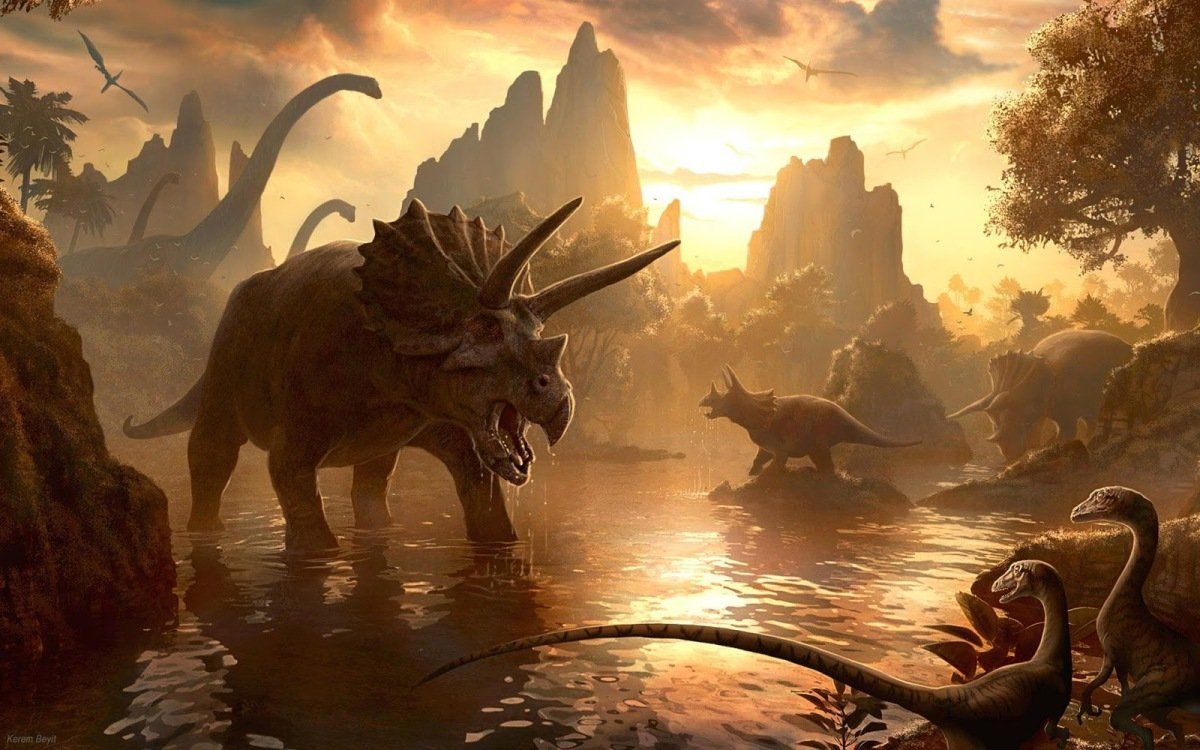
Triceratops petroglyph: Dr. Don Patton is shown here with an Indian rock art that he believes depicts a Triceratops dinosaur. This petroglyph (carving in rock) is in Montrose County, near Montrose, Colorado. Notice the three horns on the head of the rock carving and how similar it is in appearance to what scientists now believe Triceratops actually looked like. This ancient petroglyph is attributed to the Fremont Indians who lived during the same time of the southwestern Anasazi.
Native American rock art has been discovered on many canyon walls located throughout the southwestern areas of the United States. Many of the pictographs and petroglyphs are over 1,0000 years old and appear to depict dinosaurs. These Indian rock art pictures raise several questions: Did dinosaurs still exist while men walked on planet earth about 1,000 years ago . . . or did dinosaurs and humans really live 65 million years ago? Either way, native rock art cast serious doubts upon the theory of evolution!
